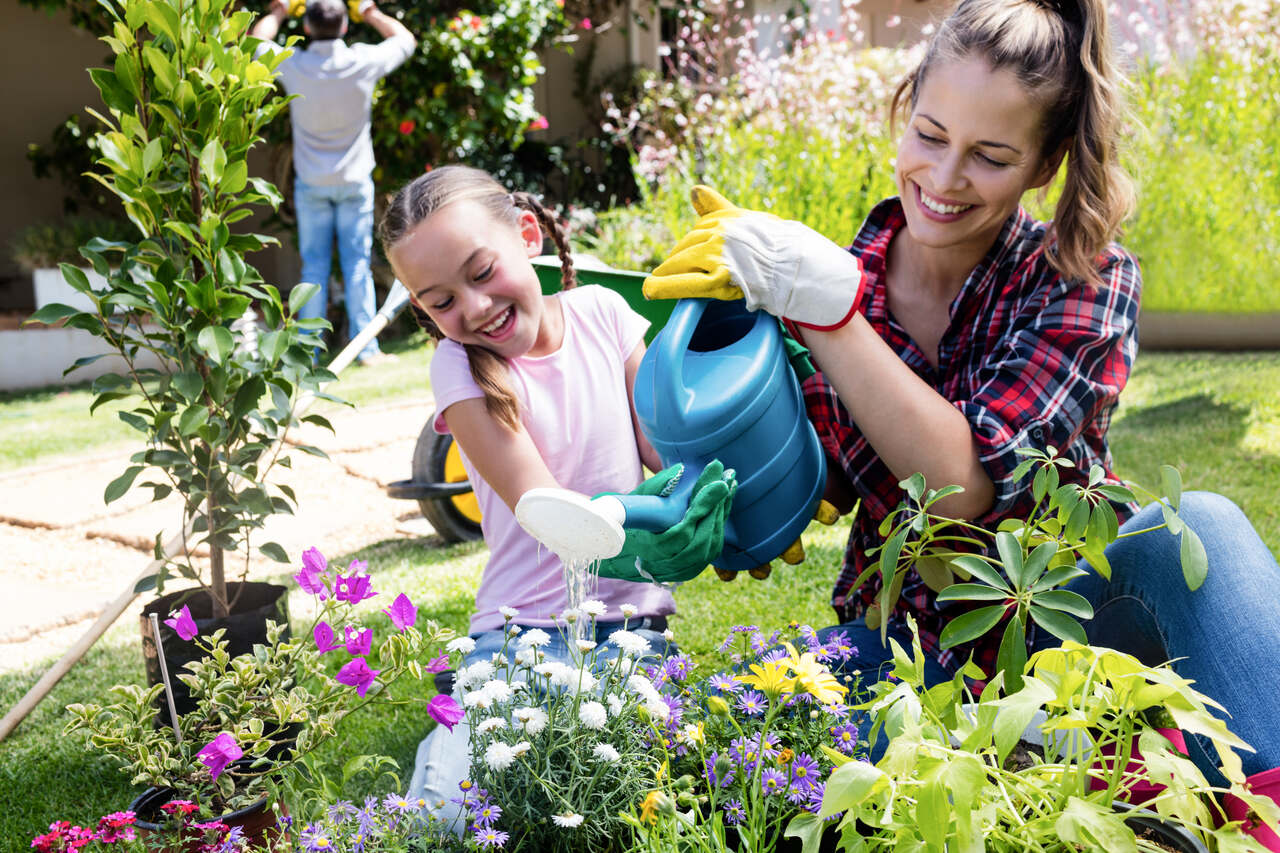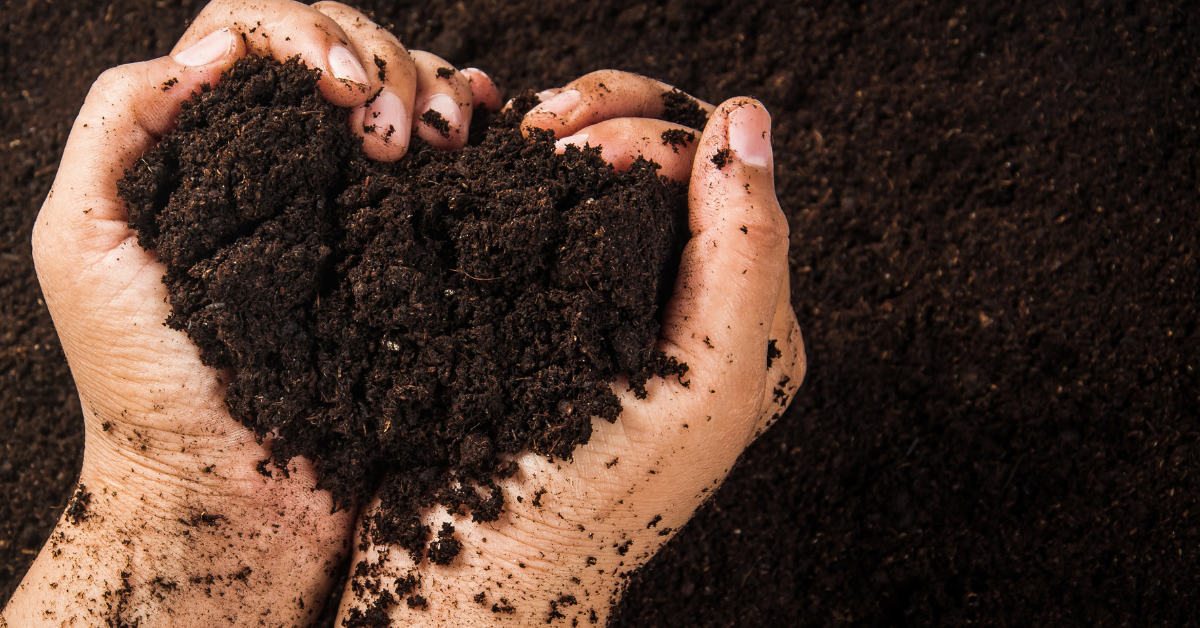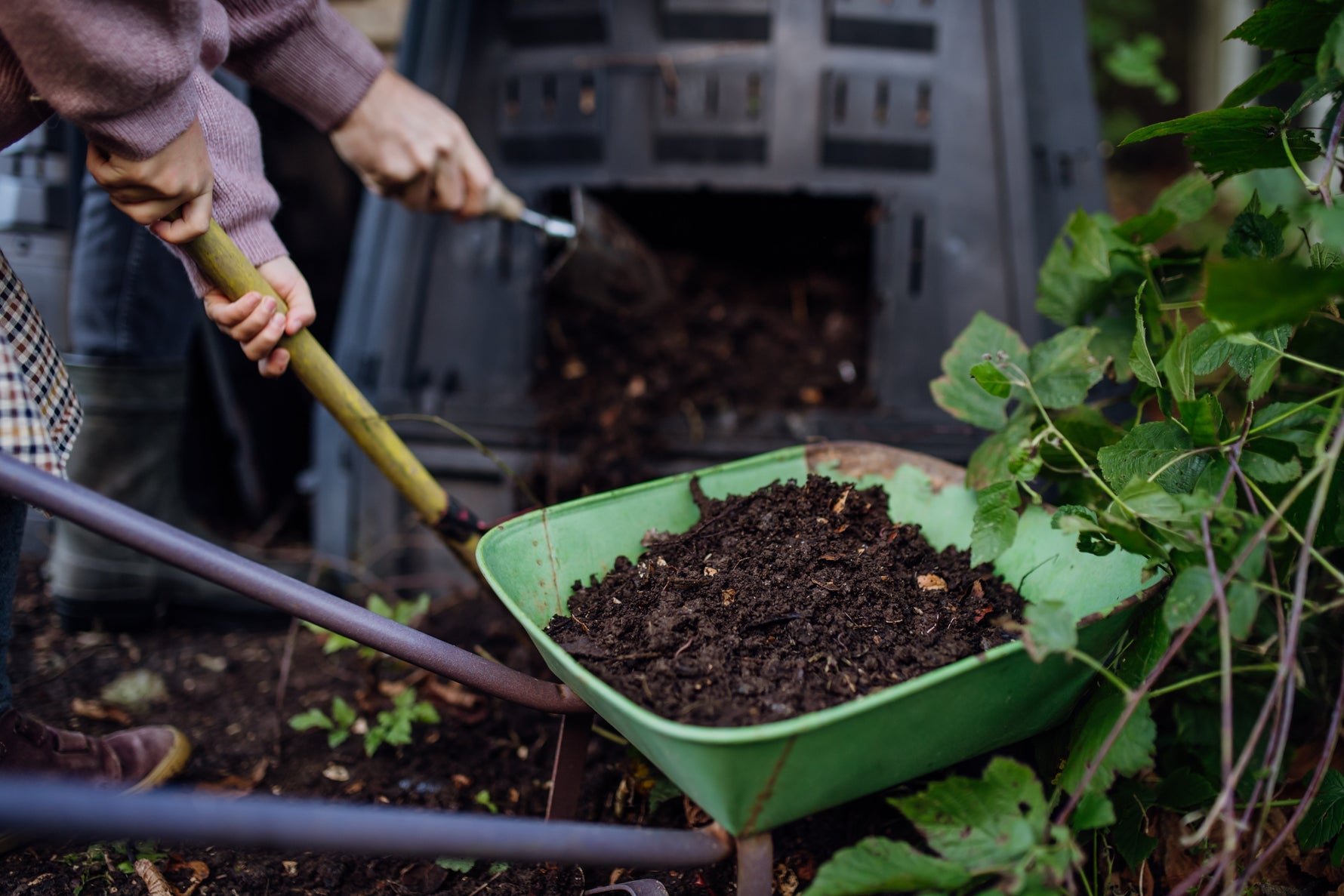Summer in Australia can be tough on your garden, with high temperatures and scorching sun. To help your meadow thrive throughout the sunny months, your blooms will need just a little extra care. Here are some simple tips to keep your wildflowers looking their best all season long:
1) Keep Your Meadow Hydrated
Why it’s important: Even though meadows are low-maintenance, they still need some water to thrive in extreme summer heat. Newly planted meadows, in particular, require sufficient water to survive the hot weather.
Tip: To reduce evaporation, water your plants early in the morning or late in the evening. It's important to keep the soil moist without overwatering, ensuring your meadow receives the hydration it needs. Consider setting up a simple irrigation system to make watering easier.
2) Deadhead for More Blooms
Why it’s important: Deadheading (removing spent flowers) encourages your wildflowers to produce even more blooms, extending your meadow’s colour and beauty.
Tip: Trim back wilted flowers, but leave some intact to support local wildlife, as many insects depend on the seeds.
3) Check and Control Weeds
Why it’s important: Weeds can quickly take over, competing with your wildflowers for water, nutrients, and sunlight.
Tip: Hand-pull weeds or use eco-friendly techniques such as mulching to keep them in check, allowing your wildflowers the space they need to thrive.
4) Use Mulch for Moisture Retention
Why it’s important: Mulch aids in moisture retention, curbs weed growth, and stabilises soil temperature during hot spells.
Tip: Spread a thin layer of organic sugar cane mulch around your wildflowers to help keep them cool, hydrated, and flourishing. Steer clear of mulch that may contain contaminants, like hay, grass clippings, or straw, as these can introduce unwanted weeds into your garden.
5) Check for Pests & Diseases
Why it’s important: The summer heat draws pests such as aphids and caterpillars, which can harm your flowers.
Tip: Regularly inspect for pests and treat them naturally. Attract beneficial insects like birds and ladybugs, which are effective at controlling pest populations. For a natural way to encourage these helpful creatures, try our Honey Bee and Butterfly mix or the Beneficial Insect Mix, designed to support pollinators and beneficial insects.









